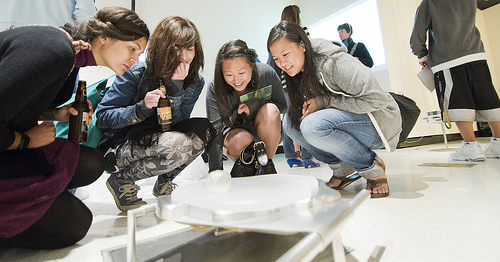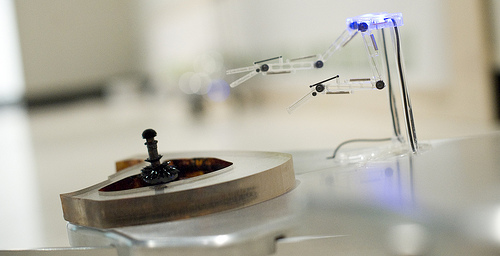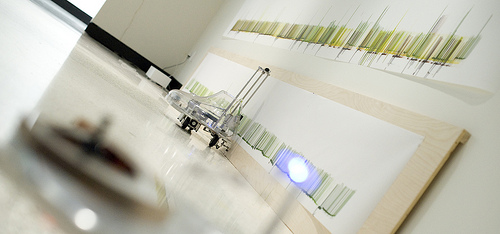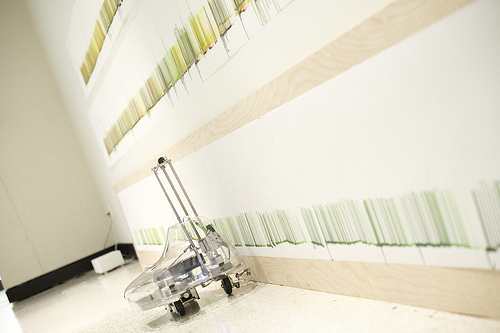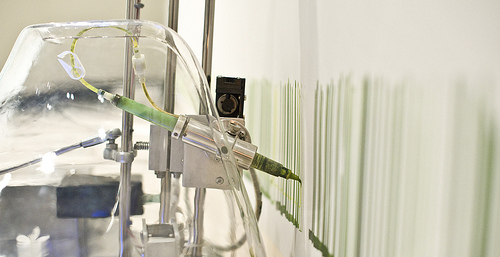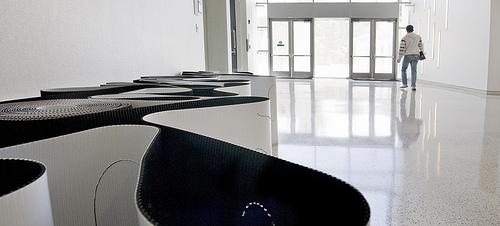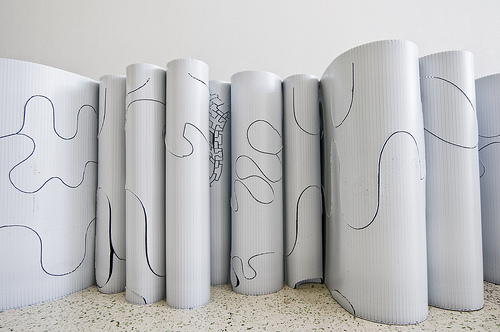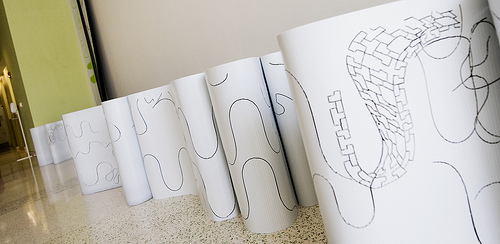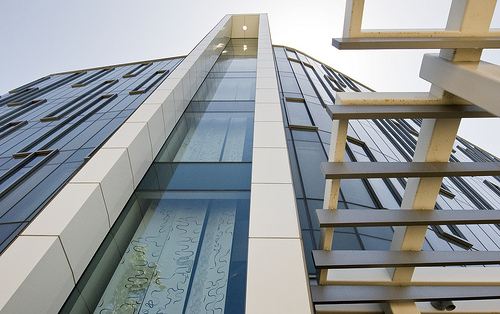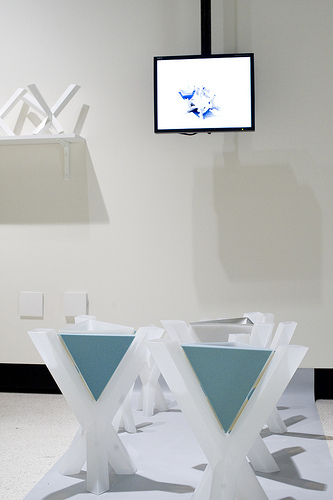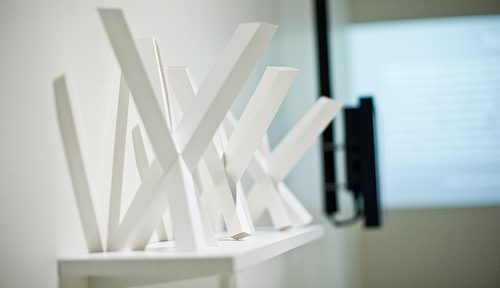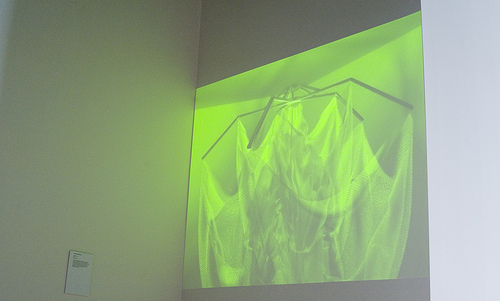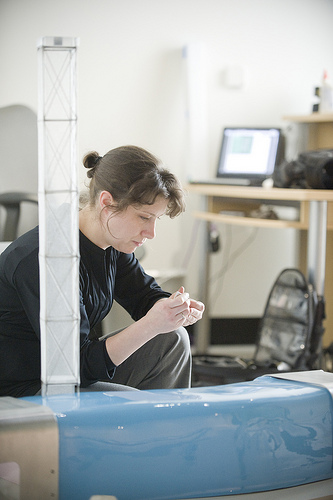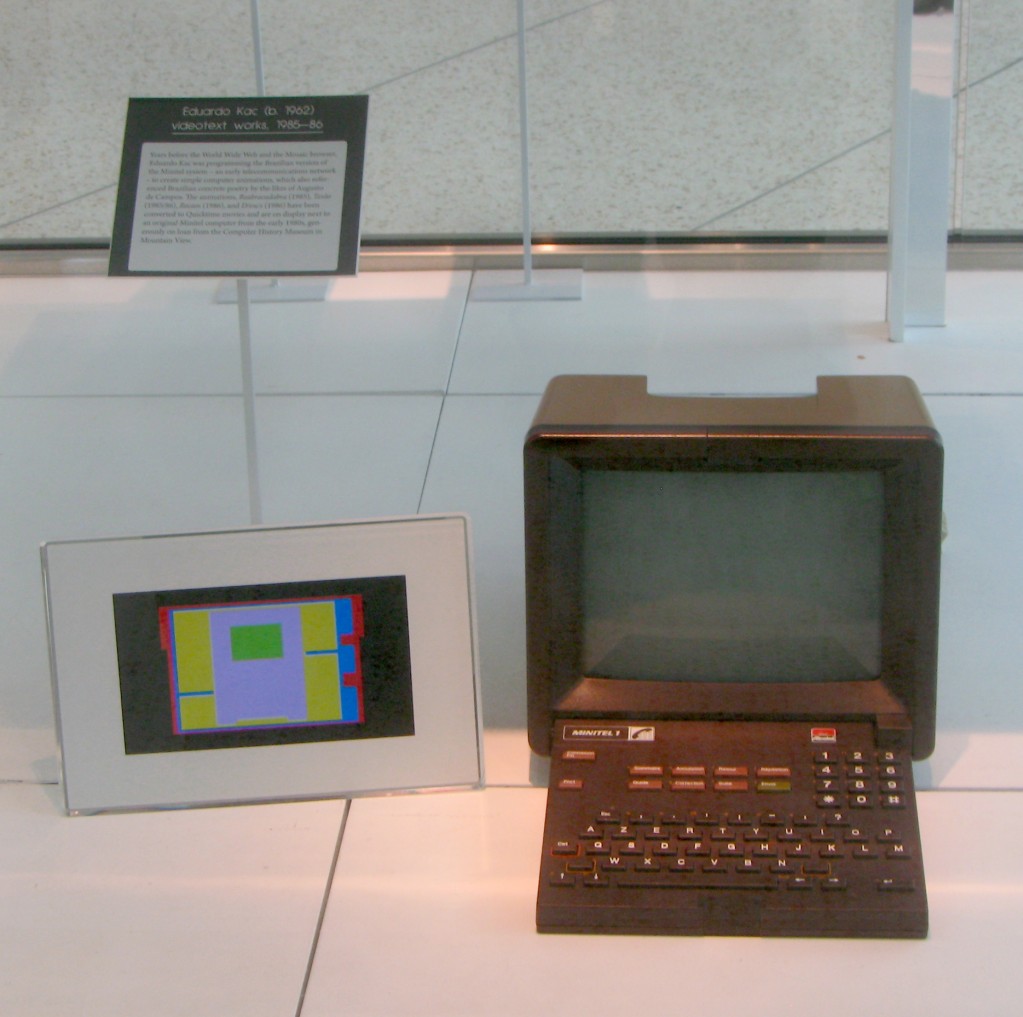Public Address is a platform for wide-ranging discussion of innovative projects, and practices. Read here for news, announcements, and postings and sign up for our e-newsletter here.
Contemporary art is increasingly “untethered” and moves from the white cube of the gallery to any site – including the virtual – to engage the public in its own realm. Public art is an ever-expanding field of inquiry, with artists of all stripes exploring the public realm. Beyond murals, monuments, memorials (and the occasional mime) public art has become a vibrant and engaging practice. From the spectacular to the quotidian, permanent to ephemeral, sited to virtual, material to performative, conceptual to cinematic, we believe there are unprecedented opportunities for new art practices in our shared environment. This is the critical focus of Public Address.









